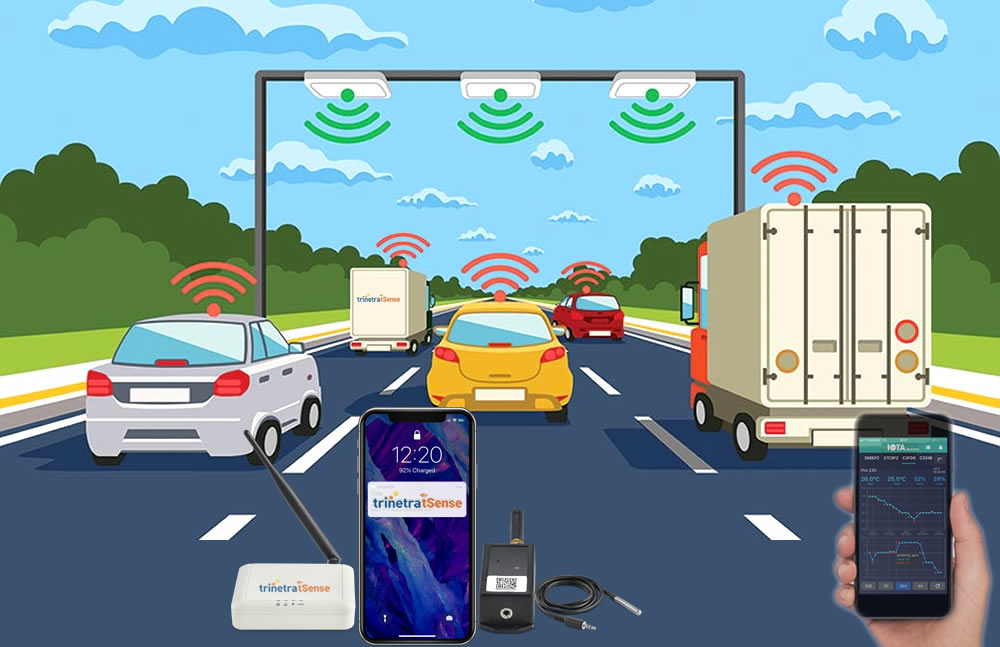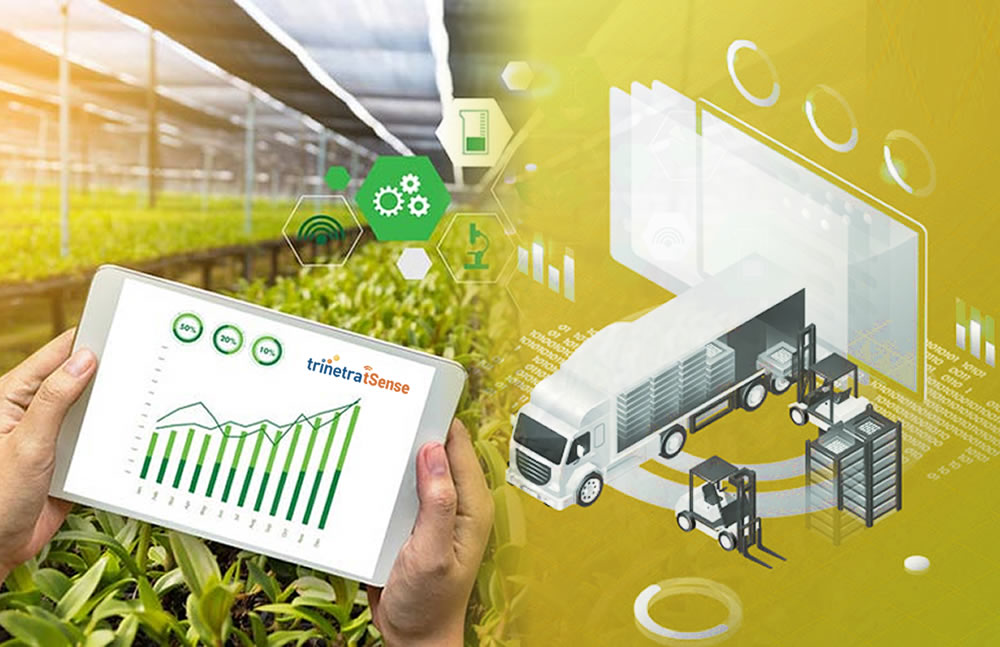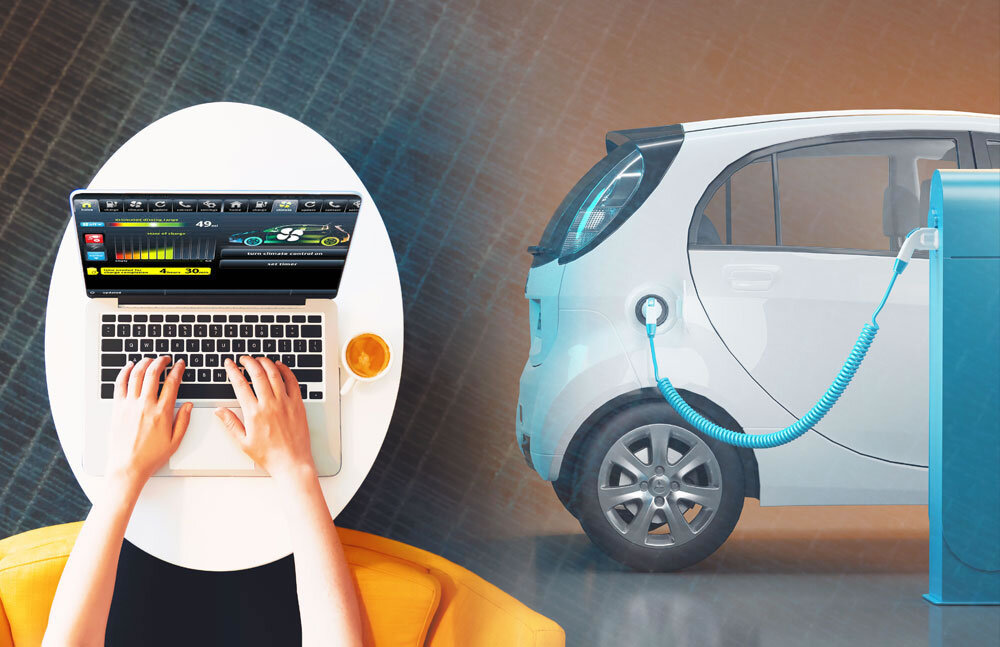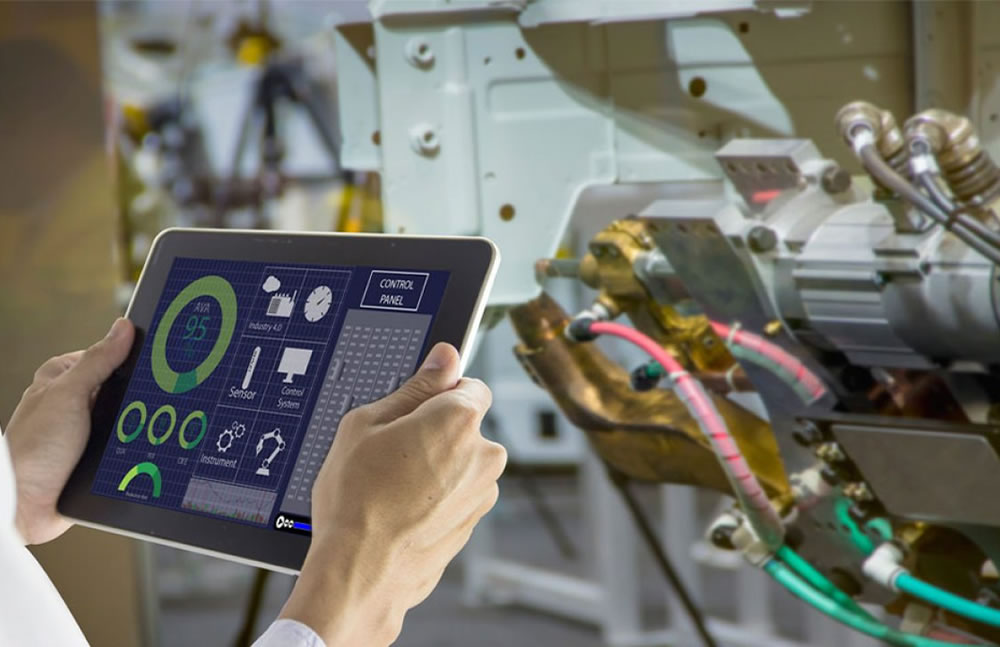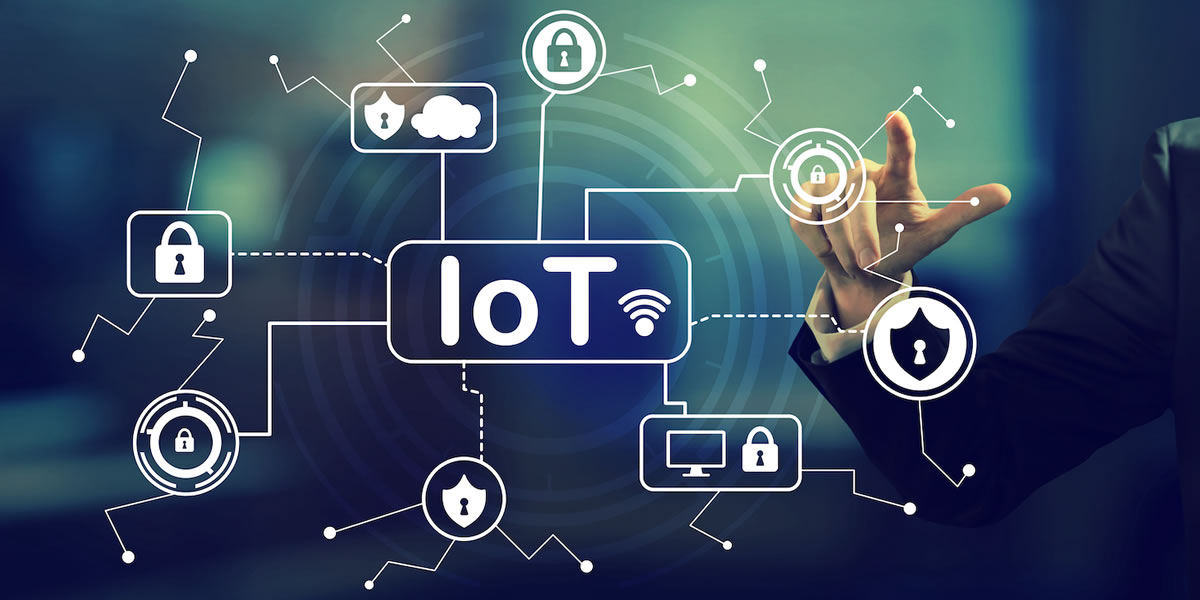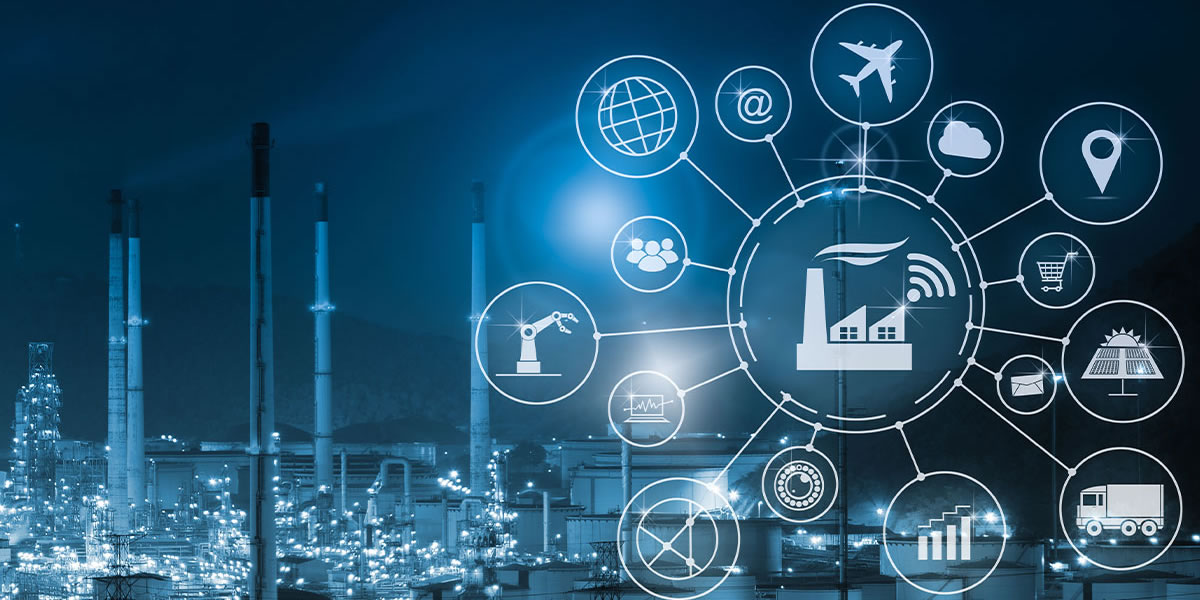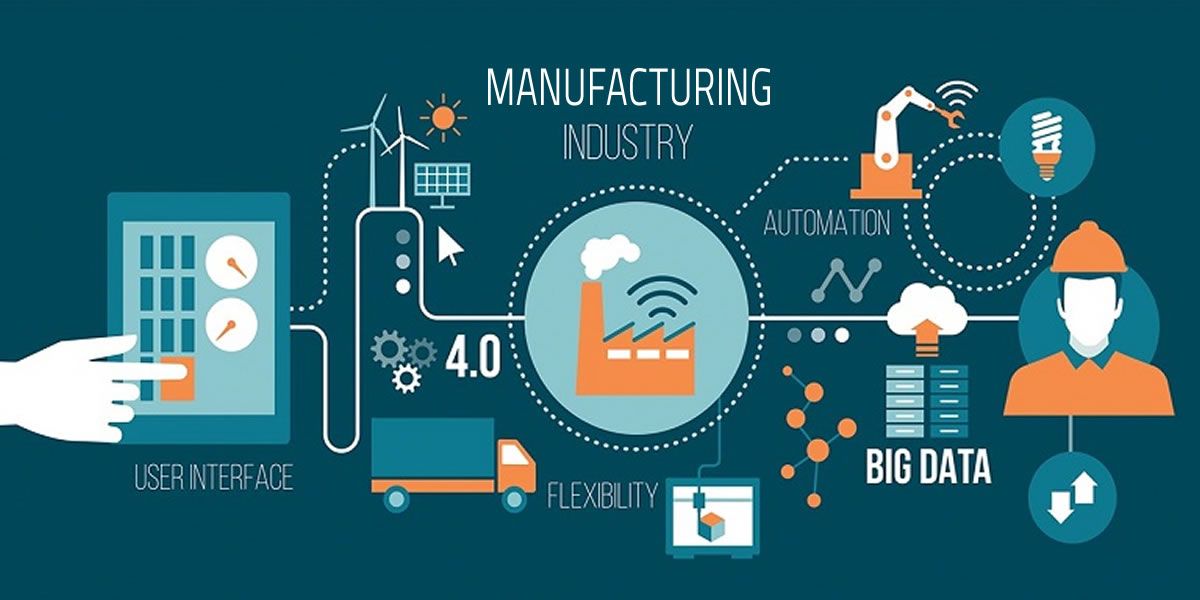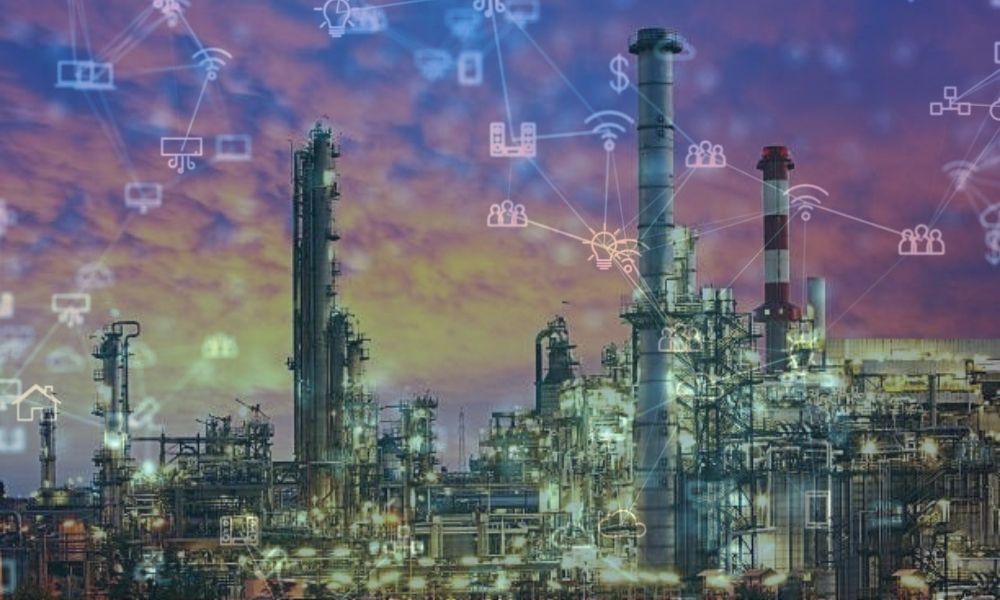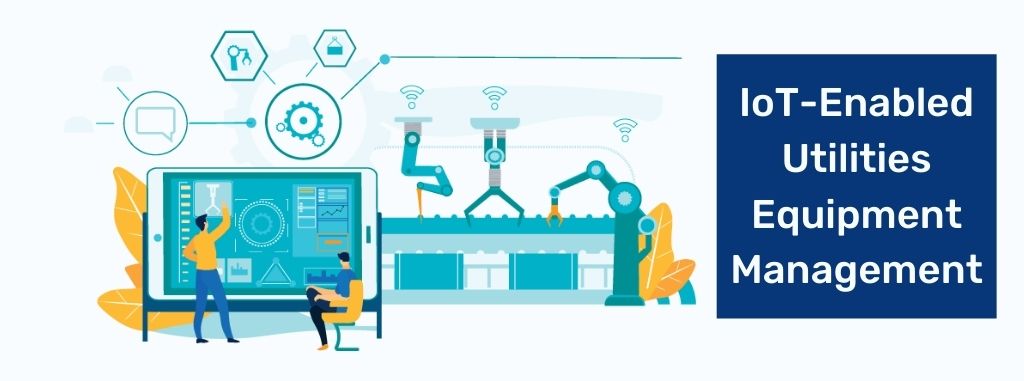As IoT solutions are getting accepted and adopted faster in various sectors of business and industry, the technology providing connectivity is critical to the project’s success. Connectivity is the method used to connect IoT devices, which includes the sensor, gateways, network routers and applications crucial for the system to work effectively. In the IoT industry, the term also refers to specific IoT network solutions like Wi-Fi, cellular, Low Power WAN or any other. The connectivity option is further categorised under coverage range, bandwidth (speed) and power consumption.
Other factors you have to take into consideration are:
Your deployment location. Make a full audit of the locations you are considering, to check suitability to the connectivity solution. Locations with obstruction or radio noise may not suit certain solutions.
The scalability needed. The ability to scale up and futureproof your organisation is better with some connectivity solutions than others and it should fit your growth plans.
The cost involved. As connectivity solutions have varying cost, it is an important factor in the set up and operating costs.
Your present system. Check if the current system you have is capable of supporting an IoT connectivity solution, as some can be easily integrated.
The top contenders that provide connectivity solutions currently are Bluetooth, Wi-Fi, cellular and LPWAN. Let us try to understand which one will be suitable for your requirements considering their distinct pros and cons.
Bluetooth Connectivity – Bluetooth technology has been around for some time, as found in phones, but it also enables users to send/receive data across devices in proximity. This wireless tech has improved radically over the years and now in a low-power model, it’s becoming a great IoT connectivity option.
Wi-Fi Connectivity – Amongst wireless technologies, Wi-Fi connectivity is a very popular tech that works well for small gadgets or appliances on a limited coverage range. Although it has fairly high power consumption, it is lesser than the cellular option. Typically, it is a good IoT connectivity option once set up and running.
LPWAN Connectivity – Low Power Wide Area Network or LPWAN, is a new technology gaining ground in IoT networking because of its wider coverage, with low power consumption. Various LPWAN connectivity systems include LTE-M, LoRa and NB-IoT. It’s apt for IoT devices not requiring high bandwidth and for small data chunks, at a small cost.
Cellular Connectivity – Cellular connectivity is actually a type of satellite connection, typically used for M2M IoT connectivity, which is used to connect smartphones and tabs, usually with a range of 16 to 24 kilometres. As long as there’s a cellular broadcast tower in range, you can get connected up to a global scale. Although power consuming, it is a reliable connectivity solution that uses a regular SIM or an eSIM and offering opportunity to scale up connected devices.
Finding the right fit for connectivity is tricky, so it is important to know your requirements before deciding and landing upon the right option. Consider the following to make a better decision.
Coverage range required. If the devices you plan to use are distant or very close, this has to be taken into consideration when choosing the right network solution.
The Power Consumption required. As many of the IoT devices are not usually wired and are battery-powered, longevity and power consumption are considerations when choosing the network type.
The Bandwidth capacity (speed) required. As some devices use up a lot of data. Consider a network solution that will process the right amount of data for your project.
Conclusion
Trinetra tSense foresees more demand for IoT related requirements, applications and deployment across the spectrum of businesses and industries. Our team have been providing modules for solving challenges faced in Smart City solutions. tSense provides modules for connecting assets in a smart factory environment also. There’s also potential for backward compatibility and integration, as opportunities are found for IoT retrofitting. As IoT gets more application and innovations, we are moving towards Industry 4.0. Simply put, IIoT technology will benefit all stakeholders, by offering opportunities of new revenue streams and growth. Again, the concept of digital workplace is penetrating commercial, consumer, industry and enterprise spaces, holding great promise for all stakeholders.
With Trinetra’s expertise and experience, we’ll be able to provide tailored IoT solutions. Please visit the Trinetra tSense website (https://www.trinetratsense.com/) for more details and about our technology driven solutions. Submit the enquiry form available online or email a request to us and we’ll contact you to discuss your requirements.

